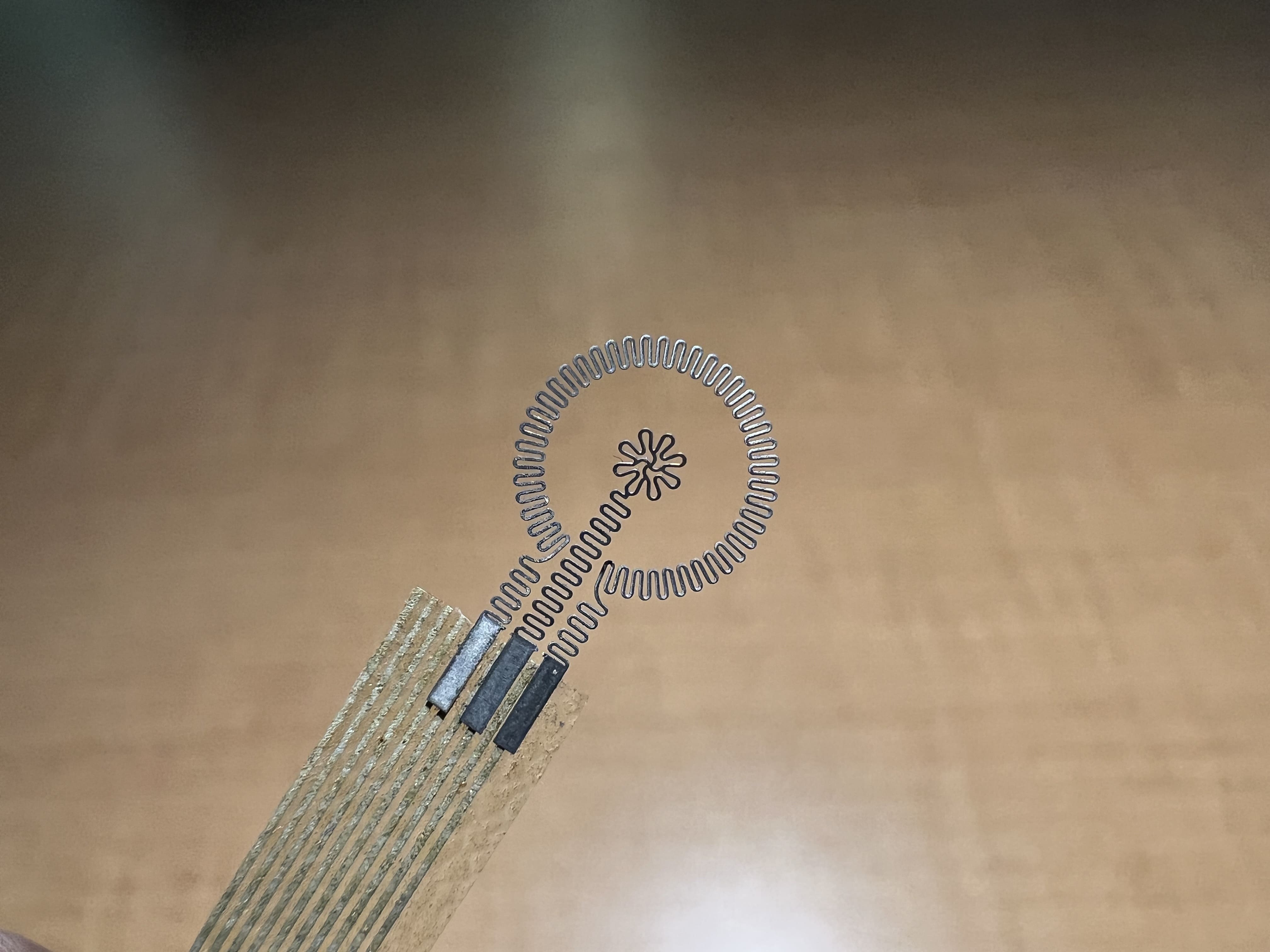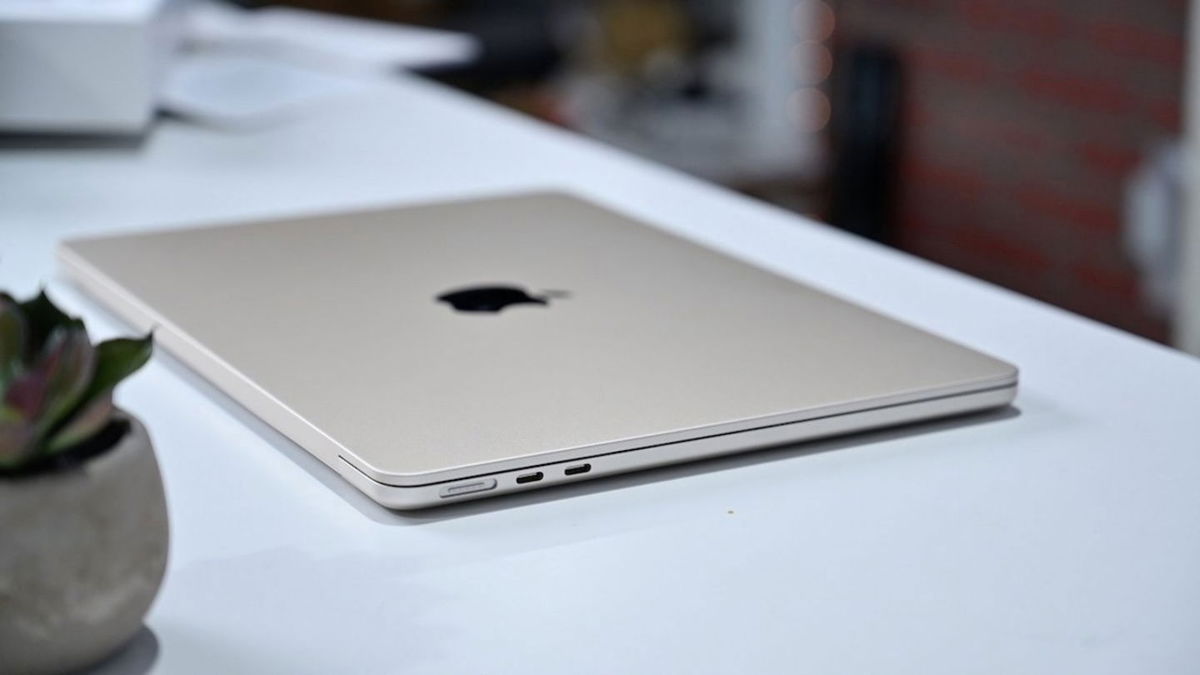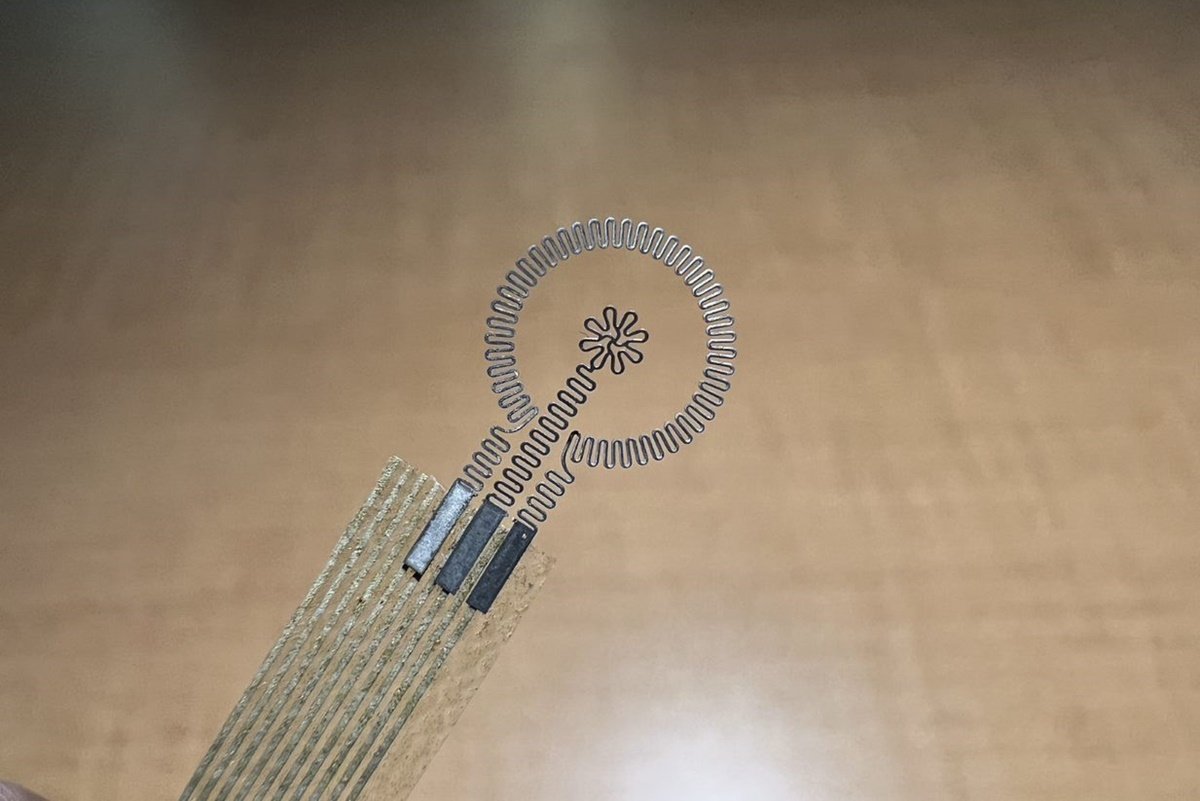Researchers at Northwestern University in the United States have developed an electronic bandage that can speed up wound healing by up to 30%. The device promotes healing using electrotherapy to assess the healing process and notify doctors in real time if there is a problem with the process. It is easily absorbed by the body with all its components after use.
The study showing the development of the experimental product was published in the journal Science Advances. The new device could be particularly helpful for diabetics who develop wounds that can lead to serious complications.
Electronic dressing is produced with molybdenum, a metal commonly used in the manufacture of electronic components. It has no battery and transmits information wirelessly via NFC technology.
This micro-platform also acts as a pathway to receive electricity, which will stimulate wound healing.
The other end of the bandage has two electrodes. A smaller circular grain that will stay in the wound and stay in contact with the patient’s healthy skin.

The dressing was developed to assist with difficult recovery processes that require monitoring, such as in diabetic patients.
One of the aggravating factors of diabetes mellitus or type 2 is desensitization of the extremities, for example, affecting the feet.
Simple injuries with less pain may go unnoticed and become serious with the risk of amputation if left untreated.
In tests with diabetic mice, the material 30% faster recovery and the possibility of monitoring the process by stating when there is a problem closing the wound.
While the idea of absorbable dressings is not new, it is the first dressing with electronic components that can be biodegraded by the body.
In a paper published by the university, the scientists mentioned other advantages of the wrap, such as accessibility due to its low production cost, and its ergonomic properties, as the product is light, soft and adjustable, without discomfort during stimulation.
Testing should now be done in larger animals and then humans. However, the researchers hope that the product will be on sale soon.
Source: Tec Mundo
I’m Blaine Morgan, an experienced journalist and writer with over 8 years of experience in the tech industry. My expertise lies in writing about technology news and trends, covering everything from cutting-edge gadgets to emerging software developments. I’ve written for several leading publications including Gadget Onus where I am an author.












